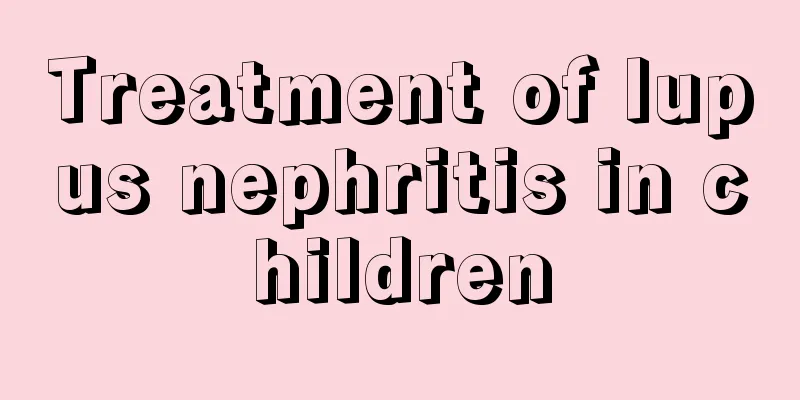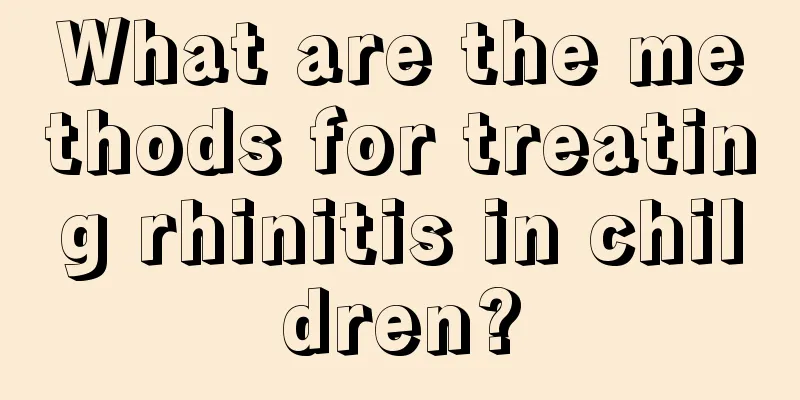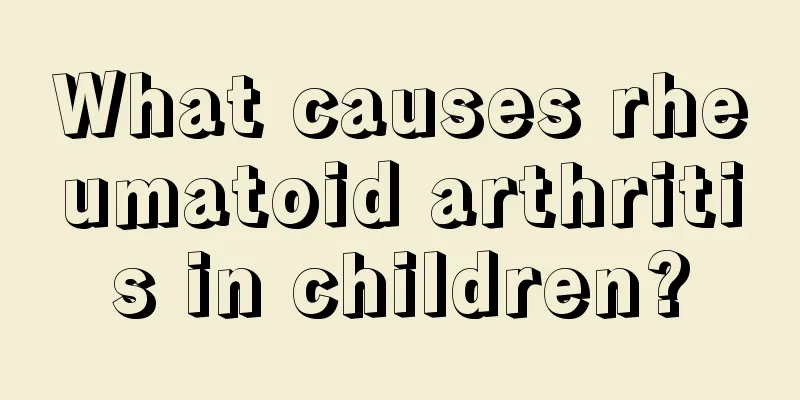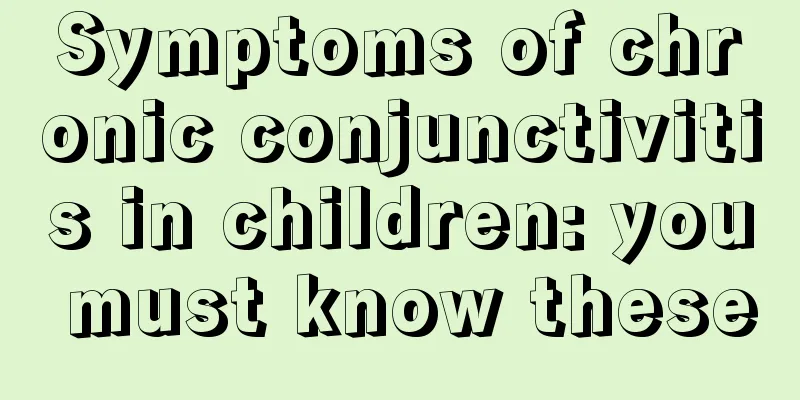Treatment of lupus nephritis in children

|
We know that children's physical health is what parents care about most. If there is a problem with the child's body, parents will definitely be very worried. Although many parents know that they should take good care of their children's bodies, due to the lack of relevant knowledge, they don’t know where to start. Therefore, we recommend that parents and friends learn more about how to care for children. Below we will introduce the treatment methods for lupus nephritis in children. 1. General treatment During the acute phase, active phase and severe cases, emphasis is placed on rest, improved nutrition and avoiding sun exposure. During the inactive phase, activities and schooling should be gradually resumed. Try not to go to public places while taking immunosuppressants to reduce the chance of infection. If infection occurs, actively treat it and avoid using common drugs that induce lupus and kidney damage (sulfonamides, hydralazine, procainamide, para-aminosalicylic acid, penicillin, aminoglycosides). If there is no secondary infection on local skin lesions, apply prednisone ointment. 2. Immunosuppressants (1) Glucocorticoids are the basic drugs for the treatment of SLE. They mainly act on G0 phase lymphocytes and have a strong anti-inflammatory effect. Take orally. After the condition improves and laboratory tests are basically normal, change to taking it once every other day. After the condition stabilizes, the dose can be reduced to a small dose. Use medication long term to maintain therapeutic effect. (2) Cytotoxic drugs Many observations suggest that the efficacy of corticosteroids combined with cytotoxic drugs in the treatment of lupus nephritis is far better than that of corticosteroids or cytotoxic drugs alone. Combination therapy can also greatly reduce the dosage of corticosteroids and improve efficacy. (3) Azathioprine can reduce the dosage of corticosteroids in the treatment of severe diffuse proliferative LN, and has the same effect as corticosteroids combined with oral cyclophosphamide (ctx). Methylprednisolone pulse therapy can be followed by maintenance therapy with low-dose prednisone and azathioprine. (4) Chlorambucil is taken orally for 2 to 3 months. Its adverse reactions and carcinogenic effects on gonads are no less than those of cyclophosphamide (ctx). (5) Cyclosporine selectively acts on helper T cells, indirectly inhibiting the production of antibodies by B cells, but it has significant toxic side effects, especially on the kidneys. 3. Anticoagulants Patients with lupus nephritis are often in a hypercoagulable state, especially after the use of adrenal cortical hormones, which increases platelet aggregation and increases fibrinogen. Not only may glomerular capillary thrombosis occur, but large blood vessel thrombosis such as the renal vein may also be prone to occur. Therefore, anticoagulant treatment should be given. 4. Plasma exchange It can remove some pathogenic antibodies, antigens and immune complexes, but it is expensive. It is mostly used for children with severe LN who do not respond to other treatments. It is more effective for children with lupus cerebral infarction. Some people also advocate giving children with rapidly progressive LN methylprednisolone pulse treatment and plasma exchange therapy at the same time, exchanging 2 to 4 l per day for 3 consecutive days. 5. Human immunoglobulin for intravenous injection (mg) Ivig has a certain therapeutic effect on some children with lupus, can inhibit B cells from producing antibodies, can change the ratio of antibodies and antigens, and make immune complexes easier to clear. It can relieve the condition of some children who are resistant to cyclophosphamide (ctx). 6. Whole body lymph node x-ray irradiation X-ray irradiation of systemic lymph nodes (20 Gy/4 to 6 weeks) can achieve certain therapeutic effects in some patients, improve creatinine clearance, reduce dsDNA antibodies, and even stop taking prednisone. 7. Anti-CIM monoclonal antibody It can reduce the number of T cells, inhibit B cells, reduce proteinuria and increase plasma protein. The treatment methods for lupus nephritis in children have been introduced above. Systemic lupus erythematosus in children is a typical autoreactive disease, characterized by the presence of a large number of autoantibodies against nuclear antigens in the blood of children and manifestations of multi-system damage. The disease is most common in girls in Asia. Childhood lupus nephritis is a common disease that poses a serious threat to adolescents in my country. |
<<: What are the most effective methods for reducing phlegm in children?
>>: Functions and indications of children's cough and phlegm oral liquid
Recommend
Hand, Foot and Mouth Disease Prevention and Treatment Guide
There are many kinds of common diseases in life, ...
Children cough when eating sweets
Children's gastrointestinal, lung and esophag...
What to do if baby's shoes rub feet
Although the new shoes you buy look good, you wil...
What to do if baby's stool is blue?
The baby's stool is blue. Mothers should not ...
What to do if your child has rhinitis and nasal congestion
Generally, babies will have very obvious symptoms...
How to deal with baby's burns and broken skin
Babies are lively and active, and they are very c...
Children have cold hands and feet
We all know that when babies are young, they are ...
How to relieve toothache in children? Tips for treating toothache
Toothache is not a disease, but it is really pain...
How to supplement calcium deficiency in children? There are many methods we have overlooked!
Nowadays, many parents buy some expensive health ...
The dangers of early childhood development
Children's development has always been a part...
How to correct your baby's tiptoeing when learning to walk
We may have all seen children learning to walk. C...
What should I do if my child has thrush?
When the weather is hot, children are prone to ge...
When is the best time for children to have their teeth straightened?
Many children's teeth are not straight, and s...
7 ways to avoid educating girls
1. Teach her to be polite and quiet There's a...
How to prevent eczema in babies
Summer is the peak season for baby eczema. Many b...









